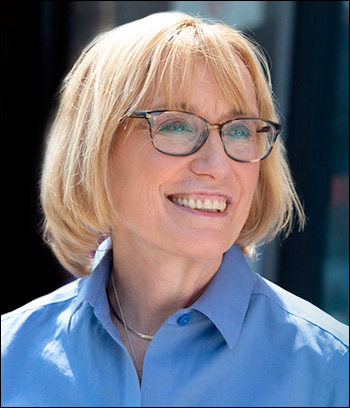By Jim Ellis — Friday, Nov. 4, 2022
Senate
Colorado: Closest Reported Poll — The Colorado Senate race, like the Washington contest, has always been on the periphery of competitiveness, and now we see the closest poll between Sen. Michael Bennet (D) and construction company owner Joe O’Dea (R). The Trafalgar Group (Oct. 30-Nov. 1; 1,084 likely Colorado general election voters; multiple sampling techniques) new poll breaks only 48-46 percent in favor of the incumbent. This is the first time we’ve seen a survey that finds the candidates this close. The other most recent studies give the senator leads of between eight and 14 percentage points.Polling: Critical Senate Races in Dead Heats — The Civiqs polling firm, surveying for the Daily Kos Elections website (Oct. 29-Nov. 2; 859 likely Arizona general election voters; online) sees Arizona Republican Blake Masters coming back all the way to an even standing versus Sen. Mark Kelly (D), and with the momentum on his side. The Civiqs numbers see a flat 49-49 percent flat tie between the two men while the early voting numbers and the governor’s race looks to slightly favor the Republicans.
Another post-debate poll in Pennsylvania was released yesterday. In the sixth of eight surveys produced since the Oct. 25 meeting between Republican nominee Dr. Mehmet Oz and Lt. Gov. John Fetterman (D), the former man has either taken a slight lead or the two are tied. The latest, from Susquehanna Polling & Research (Oct. 28-Nov. 1; 700 likely Pennsylvania general election voters; live interview) sees Dr. Oz leading Fetterman, 48-47 percent.
House
NM-2: Poll Shows Rep. Herrell Pulling Away — The few polls we’ve seen in the gerrymandered new 2nd Congressional District has found freshman Rep. Yvette Herrell (R-Alamogordo) slightly trailing Las Cruces City Councilman Gil Vasquez (D) in the newly constructed southern New Mexico district designed to elect a Democrat. The new Emerson College survey (Oct. 25-28; 302 likely NM-2 general election voters; multiple sampling techniques) sees Rep. Herrell pulling away to a slight double-digit lead over Vasquez, however. This latest ballot test gives the congresswoman a significantly wide 54-44 percent advantage.
Governor
Oregon: Independent Still Throwing Race to Republican — The latest Oregon gubernatorial poll, this one from Nelson Research (Oct. 31-Nov. 2; 577 likely Oregon general election voters), sees former state House Minority Leader Christine Drazan (R) holding a three-point, 44-41 percent, edge over ex-state House Speaker Tina Kotek (D). Independent candidate Betsy Johnson, who appeared for a long while had a legitimate to win, has dropped back to only six percent support. This latter number, however, still appears enough to toss the election Drazan’s way. Of those who have early voted, according to Nelson Research, Drazan holds a one-point lead. A Republican win here would be a major upset in this most liberal of states.
Wisconsin: Dead Heat Headed into Election Day — While polling suggests that Sen. Ron Johnson (R) has a slight lead heading into Tuesday’s vote, the gubernatorial race between Gov. Tony Evers (D) and GOP businessman Tim Michels appears to be a dead heat. Frequent Wisconsin pollster Marquette Law School released their pre-election survey (Oct. 24-Nov. 1; 802 registered Wisconsin voters; 679 likely Wisconsin voters) the two candidates are tied at 48 percent, while Michels holds a slight 45-44 percent edge among those registered. Michels, however, has held a slight lead in the previously published five mid to late October polls.






